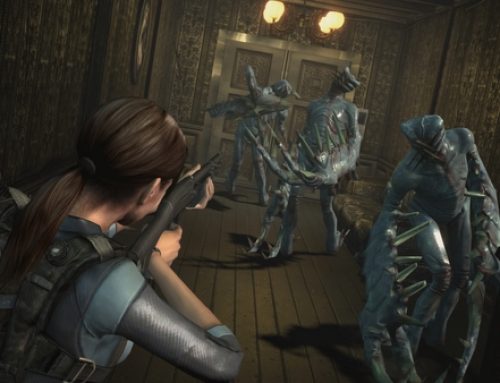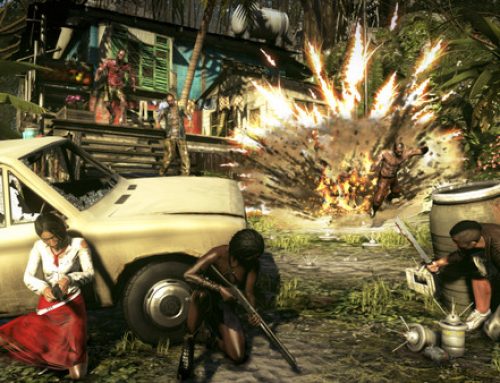While this week’s update to the Xbox 360’s operating system wasn’t the Big One that will bring Last.fm, Facebook and Twitter apps, it does contain a good number of small improvements that should make the overall experience of gaming on the console a wee bit better.
The most significant change for me isn’t really a change at all, so much as improved performance. Many gamers, myself included, noticed that the menus in the Xbox 360 Guide, the interface that comes up when you push the silver Xbox 360 logo on the controller, slowed down to a snail’s pace after the last dashboard update. In a couple of online games more prone to lagging than others, I wouldn’t even bother calling up the guide to answer messages or invite friends to chat if I was in the middle of a session, for fear of having my game crash or my connection disrupted. While it’s a bit too early to say whether this was improved upon as promised, the early returns look favorable. Zipping around the guide, while still not totally smooth, hasn’t resulted in any brow-furrowing freeze-ups yet.
Of course, “Sluggish performance fixed!” isn’t the most scintillating marketing bullet point. For its part, Microsoft is largely billing this update as the launch of a beefed up downloadable games store and a more robust marketplace for Xbox 360 avatars.
The Games Marketplace has been revamped and rebranded, and, in a first, several older Xbox 360 games originally released at retail are now for sale via download. In general, though, you’ll want to skip downloading 360 games. Physical copies of most of the games for sale can be had for the same price or cheaper at online or brick-and-mortar retailers. And with a physical disc, you have an option to resell the game or loan it to a friend. It might be cool if this feature were being used to sell games that are generally tough to find, or titles that hit foreign markets but weren’t released in the U.S. No dice, though. Nearly all the titles being offered are common as dirt.
When Xbox 360 avatars debuted, pretty much everyone knew Microsoft would eventually try to sell us virtual accoutrements. And once Sony started doing just that on its Home service for the PlayStation 3, it became inevitable. That said, the new Avatar Marketplace is stylish and has a lot of great ideas, including the ability for gamers to unlock certain avatar items for free simply by playing games. Of course, there’s plenty of stuff for sale, too. Spending $2 on a virtual hoodie that doesn’t have “chump” emblazoned across the front for irony just doesn’t seem worth it. (Oh, and that lightsaber you may have seen a few of your friends’ avatars wielding? $5. I recommend the $2 giant cotton swab from “The Secret of Monkey Island” as an alternative.)
Ever been curious about the indie games for sale on Xbox Live? Back when the service originally known as community games was unveiled, Microsoft foretold of a “YouTube of video games,” where anyone with a little programming know-how would be able to make Xbox 360 games and offer them for sale. Unfortunately, Microsoft left one huge aspect of YouTube out of the equation: ratings. With a massive glut of indie games clogging the pipeline, it was easy to be intimidated by the sheer volume of it all and skip the service. The indie games channel has been crying out for some sort of public feedback system to help us daunted gamers decide what to buy. And while the newly introduced five-star rating system isn’t as sophisticated as what you’ll find on, say, “LittleBigPlanet” on the PlayStation 3, it’s a nice place to start.
The ratings system goes much further than just indie games, though, as nearly everthing on the 360 is eligible for ratings. Don’t like those new multiplayer maps you bought? Now you can let everyone know. Judging from the early ratings, though, people are too nice. I’ve done some peeking around on Xbox Live and have yet to run across anything rated lower than three stars. Surely there must be some overpriced premium dashboard themes or gamerpics folks want to unleash their wrath on!
Another subtle change that you may not know about if you don’t read gaming blogs on a regular basis is that the amount of hard drive space installed game files take up has been reduced, thanks to a more efficient file-copying technique that skips unnecessary data. Kudos to CheapAssGamer.com regulars who took part in the update’s beta test for figuring this out.
Mileage will vary for individual games. For example, my “Culdcept Saga” install went from 5.2 gigabytes to 4.6 gigabytes when I deleted my installed game, then reinstalled it. “Fable II,” however, went from 6.8 gigabytes to 6.6. In general, you should expect to be able to fit one or two additional installed games per 120 gigabyte hard drive. It’s not a huge difference, but given Microsoft’s refusal to abandon its overpriced proprietary storage solution or offer anything larger than 120 GB, every little bit helps.
Other, smaller new features include one allowing a party of all Xbox Live Gold members to watch streaming Netflix movies in sync with one another. Anyone old enough to have fond memories of “Mystery Science Theater 3000” will appreciate that. Gold members will also find that their Gamercards now display how long they’ve been paying to play on Microsoft’s online service. I’m at four years, for what it’s worth.



